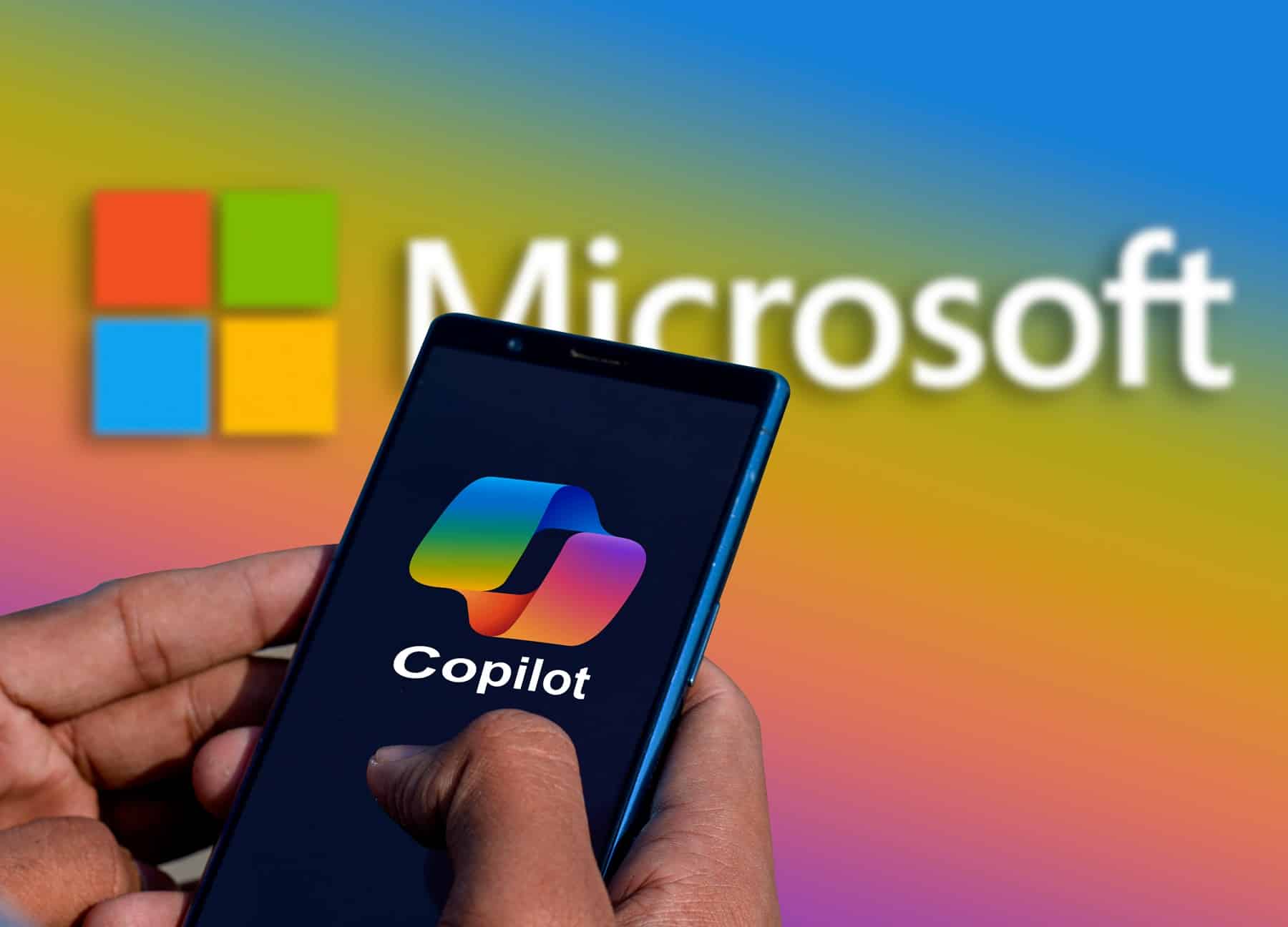As hybrid workplaces continue to grow in popularity, many companies are trying to determine how to remain productive in these new working conditions. While productivity and accurate data tracking are undoubtedly important for any business, data security is an aspect that should never be overlooked. As leading providers of cybersecurity solutions, cloud computing options, and managed IT services, the team at EC Managed IT understands how challenging it can be to maintain security for these new environments. That is why we have provided some information on staying secure while working in a hybrid workplace to help operations keep their valuable data safe.
Learn how to train your employees in cybersecurity.
4 Ways to Increase Cybersecurity for Hybrid Workplaces
The following practices can be utilized to increase cybersecurity and maintain protection from various threats:
1. Evaluate Your Current Security Measures
It is difficult to determine what measures are needed without first taking note of what you have in place. A thorough audit of your existing systems is a great way to find areas for improvement and highlight vulnerable areas that require immediate action. Evaluate every element of your IT systems including devices, programs, accounts, subscriptions, and the people using them to get a complete picture of your current security.
2. Educate Employees on Best Practices
Viruses, phishing scams, and other hazards can pose a significant risk to businesses with untrained or inexperienced employees. To minimize these risks, be sure to educate employees on how to spot suspicious links and attachments. Regular lessons and review meetings are a great way to ensure that every member of your team has the tools and knowledge they need to stay safe.
3. Use Strong Passwords and Two-Factor Authentication
Weak or frequently repeated passwords are often one of the largest vulnerabilities for businesses of all sizes. To minimize these risks, employees should be instructed to use strong passwords consisting of a combination of capitalized letters, lowercase letters, numbers, and special characters. Each account should also use a different password to ensure optimal security. Two-factor authentication can then be used alongside strong passwords to further optimize security for employee accounts and company data.
4. Keep all Devices Updated
All equipment with access to the internet can be vulnerable to hacking, data breaches, and various forms of malware or viruses. Laptops, desktops, tablets, phones, and even internet routers can be at risk if they are not regularly updated. These updates help to maintain and enhance the built-in protection of each device, reducing the risk of exposure to cyber hazards. If a device says it is ready to install an update, install it as soon as possible.
To learn more about our managed IT solutions or other services, get in touch with the experts at EC Managed IT. We can be reached through our online contact form and will be happy to help you determine the perfect solution for your needs.




